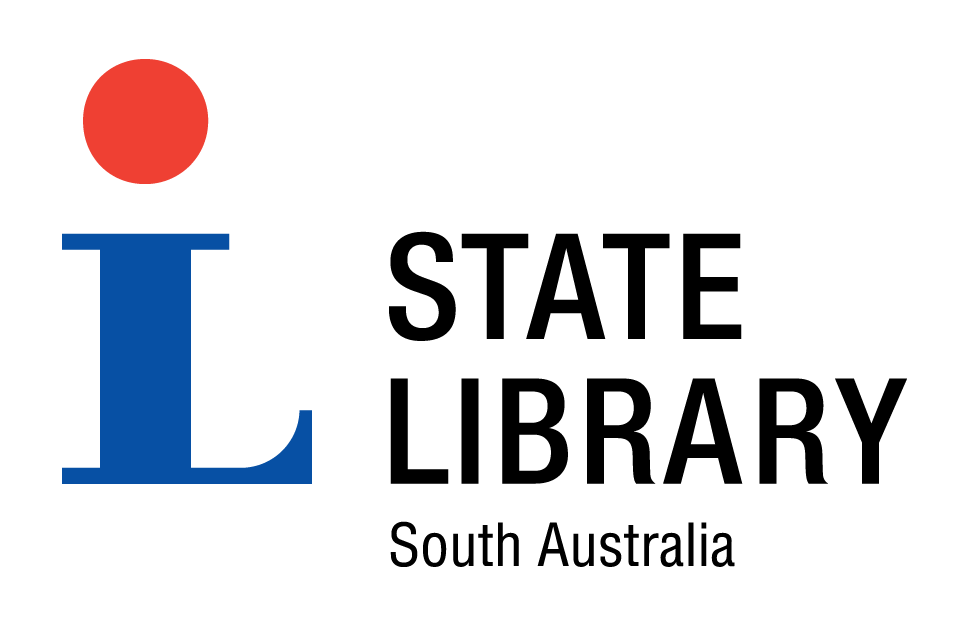
Flour Mill, Hackney (etching) |
|||
|---|---|---|---|
| Title : | Flour Mill, Hackney (etching) |

|
|
| Creator : | Nixon, Frederick Robert, d.1860 | ||
| Source : | B 7188/9 | ||
| Date of creation : | 1845 | ||
| Format : | Artwork | ||
| Contributor : | State Library of South Australia | ||
| Catalogue record | |||
| The State Library of South Australia is keen to find out more about SA Memory items. We encourage you to contact the Library if you have additional information about any of these items. | |||
| Copyright : | Reproduction rights are owned by State Library of South Australia. This image may be printed or saved for research or study. Use for any other purpose requires permission from the State Library of South Australia. To request approval, complete the Permission to publish form. |
| Description : |
The South Australian Company's mill on the Torrens [at Hackney], north view (ie looking south). The South Australian Company built a steam driven flour mill on the banks of the River at Hackney in 1842. The South Australian Company was formed in London on 9 October 1835 to encourage the preliminary purchase of land in South Australia. George Fife Angas, Thomas Smith and Henry Kingscote formed a joint stock company to purchase the unsold land at 12 shillings per acre, and bought more than 13,000 acres, including prime town and country sections. On 27 June 1836 the Deed of settlement was signed by Angas, Smith, Kingscote and about 300 shareholders of the South Australian Company including John Rundle, Charles Hindley, Raikes Currie, John Pirie and Henry Waymouth. In January 1836 Angas equipped and despatched to South Australia an expedition of four ships on behalf of the company, ahead of the arrival of Colonel William Light and Governor John Hindmarsh in the province. A small settlement was established at Kingscote on Kangaroo Island in July 1836, but the location was unsuitable for farming, and the company's operations were soon transferred to the mainland, where Governor Hindmarsh arrived on 28 December 1836. In the new colony, the South Australian Company provided roads, bridges, ports, warehouses and mills, and established agriculture, whaling, banking and mining enterprises. The South Australian Company continued to play an influential role in the commercial affairs of Adelaide and rural regions for more than a century, with the company winding up on 17 March 1949 and the management of its affairs transferred to Elders Trustee. See also SLSA Collections B 9483/6. |
| Subjects | |
| Related names : | South Australian Company |
| Coverage year : | 1845 |
| Period : | 1836-1851 |
| Place : | Adelaide, South Australia |
| Region : | Adelaide city |
| Further reading : | Jones, L.J. 'The South Australian Company's mill: a tardy early colonial enterprise', South Australiana Vol. 21, no. 2, September 1982, pp. 120-131 South Australian Company. New colony of South Australia: to experienced farmers, possessing small capitals [London: The Company, 1837] Sutherland, George. The South Australian Company: a study in colonisation. London; New York: Longmans, Green, 1898 Thornton, Robert. The South Australian Company, 1835-1949: history and archives. 1987 [Originally published in Archives and manuscripts, vol. 15, no. 2, Nov. 1987] |
| Internet links : | City of Norwood, Payneham and St Peterssee: History of St Peters SA Memory: Did You Know? Flour Mill Mount Barker State Library of South Australia Treasures Wallsee: Deed of settlement State Library of South Australia: General Information Factsheets Online: South Australian Company |


